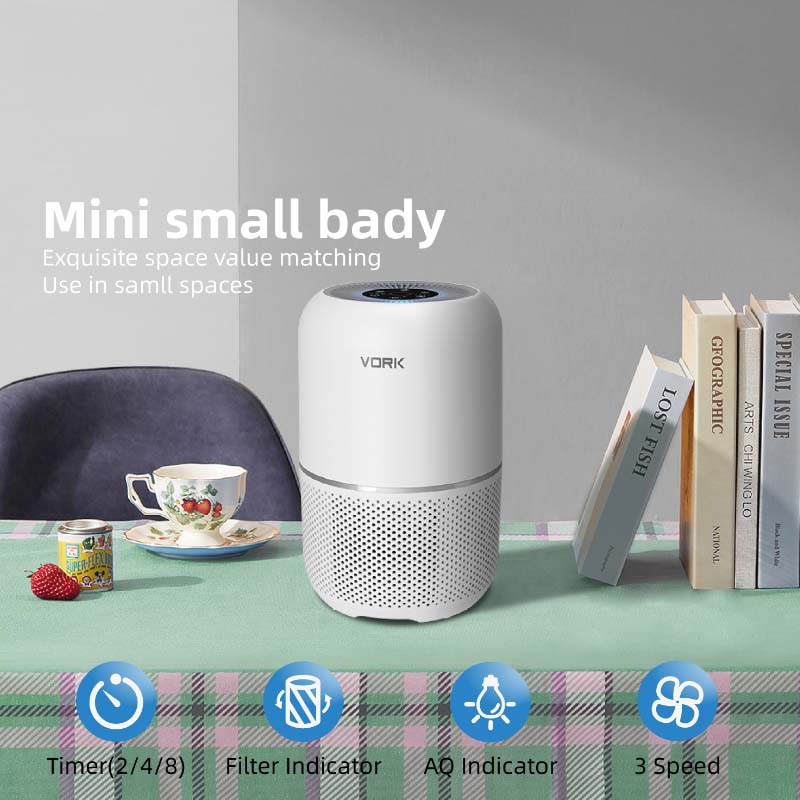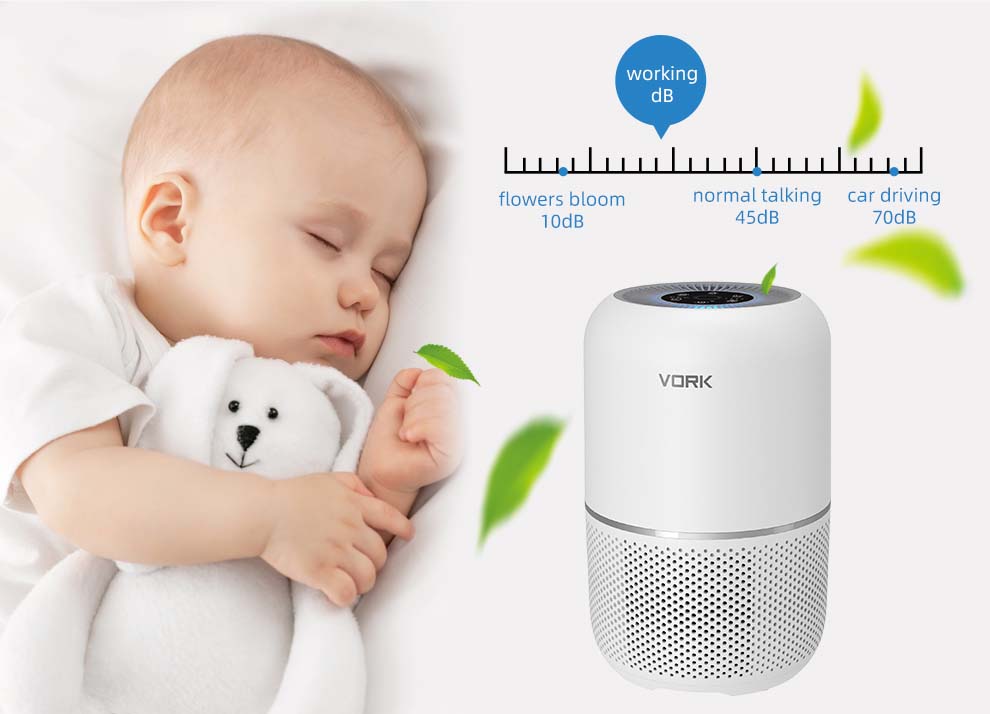How do air purifiers work?
Dec 01, 2022
Air purifiers usually consist of a filter, or multiple filters, and a fan that sucks in and circulates air. As air moves through the filter, pollutants and particles are captured, and the clean air is pushed back out into the living space. Typically, filters are made of paper, fiber (often fiberglass) or mesh, and they require regular replacement to maintain efficiency.
How frequently you will have to change filters varies based upon the purifier type and usage. Some filters are reusable and washable, but they require meticulous maintenance, so you don't usually find them on the most effective air purifiers. Reusable filters are generally good at removing larger particles from the air, like dust mites and pollen. You'll also find UV (ultraviolet light) filters on the market, which often claim to destroy biological impurities like mold or bacteria, but many require higher wattage and greater exposure to be effective (not to mention some bacteria is UV-resistant).
That means, in addition to the purchase price of an air purifier, you should also factor in operating costs and filter replacement costs. Operational costs can easily amount to $50 annually, since you should be running air purifiers near constantly to garner the benefits. Filter replacements can run upwards of $100 a year all told.
Some air purifiers use ionizers to help attract particles like static — negative ions bond to dust and allergens and make them settle out of the air. If you're interested in buying an air cleaner that uses ionizers, make sure it does not produce dangerous levels of ozone (a gas made up of three oxygen atoms that is often marketed as helping break down pollutants), because ozone could be a lung irritant and further aggravate asthma conditions. Usually the air purifiers with ozone will have that listed on the packaging or in the marketing descriptions. Currently, our recommendation until additional testing and more robust industry standards are in place is for people with units with plasma/ionization to use their machines with those functions off. This is due to the fact that there is the potential for unknown harmful consequences, coupled with additional energy usage and a negligible or non-existent increase in purification.
What are air purifiers supposed to filter out — and do they actually do it?
Most filters on the market are designed to capture particles like dust, smoke and pollen, but they don’t catch gases like VOCs (volatile organic compounds) or radon that may accumulate from adhesives, paints or cleaning products. That would require an absorbent, like activated carbon. In fact, the Environmental Protection Agency (EPA) warns that the functionality of air purifiers is limited in terms of filtering out gases and that you must frequently replace filters for optimal functionality, usually about every three or so months. Allergens that are embedded into furniture or flooring are also not captured by purifiers.
Additionally, the effectiveness of air purifiers in real-world situations likely won't mimic those of controlled conditions in a lab (which is what those "99% effectiveness" claims are referring to!). The location, installation, flow rate and run time for all will vary, as will the conditions in the space. In addition, there are other things happening in your home that may effect the efficacy like ventilation (open or closed windows) and new particles are constantly emerging, so the air might not be as filtered as the claims may have you believe. And to remove allergens, bacteria or viruses that have settled on surfaces, you need to use disinfectant cleaners and/or effective vacuums.
If you have any questions about the air purifier, you can contact me here

